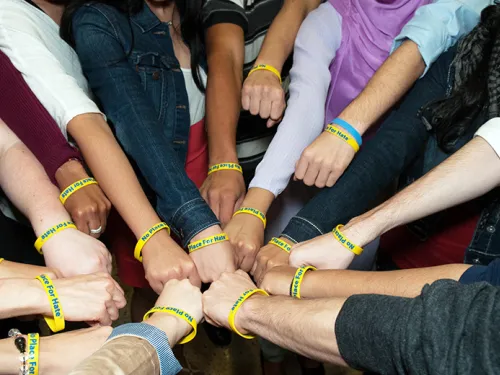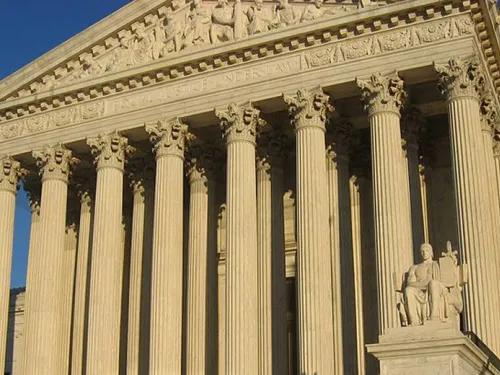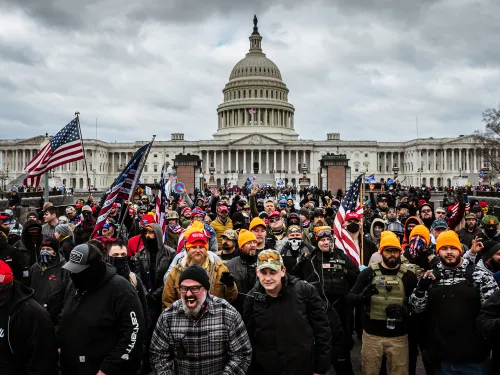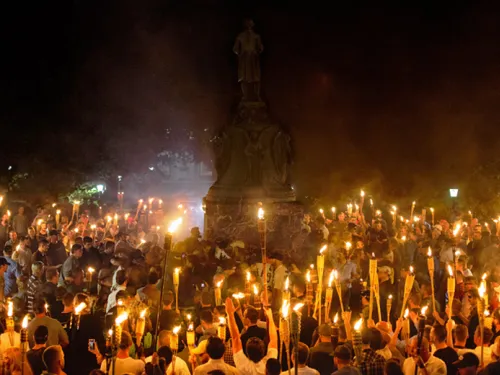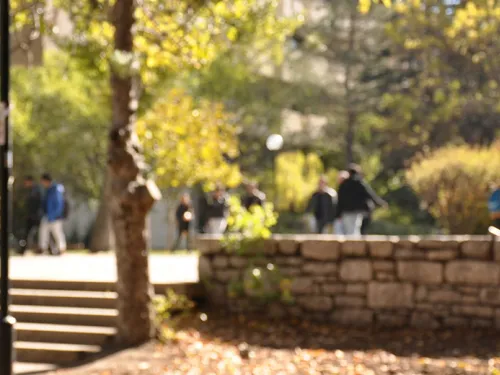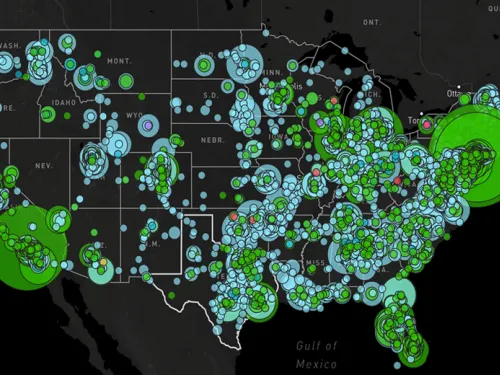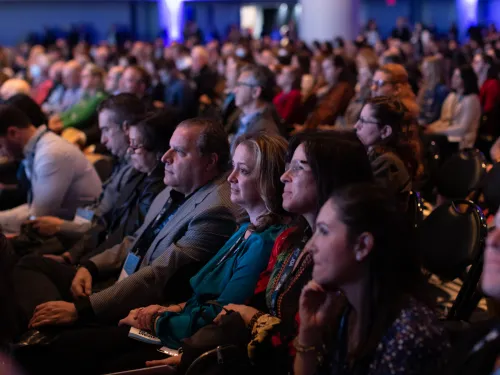March 25, 2015
For the whole report: April 19, 1995: The History of the Oklahoma City Bombing (PDF).
When the Japanese bombed Pearl Harbor on December 7, 1941, President Franklin Roosevelt declared it “a date that will live in infamy.” Roosevelt was right; some dates do live on in infamy. No one who has lived through the 9/11 terrorist attacks in 2001—attacks actually designated by their date—can deny that.
April 19, 1995, was also such a date. At 9:02 a.m. on that day, a truck bomb exploded in front of the Alfred P. Murrah Federal Building in Oklahoma City, Oklahoma. The blast sheared off the entire front of the nine-story office building and caused a partial collapse. The explosion was so powerful that it also damaged nearly 350 other buildings in downtown Oklahoma City, many of them severely. The bombing killed 168 people, including 19 children, and injured nearly 700 more. It was, and remains, the most lethal single bomb attack on U.S. soil.
What makes the Oklahoma City bombing especially horrific was the identity of its perpetrator. The attack came not from a hostile nation making war on the United States, nor from foreign terrorists beyond America’s shores. Within an hour and a half of the bombing, Timothy McVeigh was in custody and would soon be identified as the main perpetrator. Authorities arrested Terry Nichols soon after, as well as accomplices Michael and Lori Fortier.
These assailants were not foreign terrorists; three of them had even served in the U.S. Army. The perpetrators of the Oklahoma City bombing and their accomplices were all Americans, born and bred. The hatred that gave rise to this attack was entirely homegrown.
How and why did the Oklahoma City bombing occur? This report explains all: why the extreme right was seething with anger and resentment, the radicalization of Timothy McVeigh, the conception and development of the terrorist plot, and the actual bombing itself and its aftermath.
The Oklahoma City bombing was a both symbol and manifestation of a deadly resurgence of the extreme right in the United States – a revival that began in the early-to-mid-1990s and which has had an impact to the present day.
